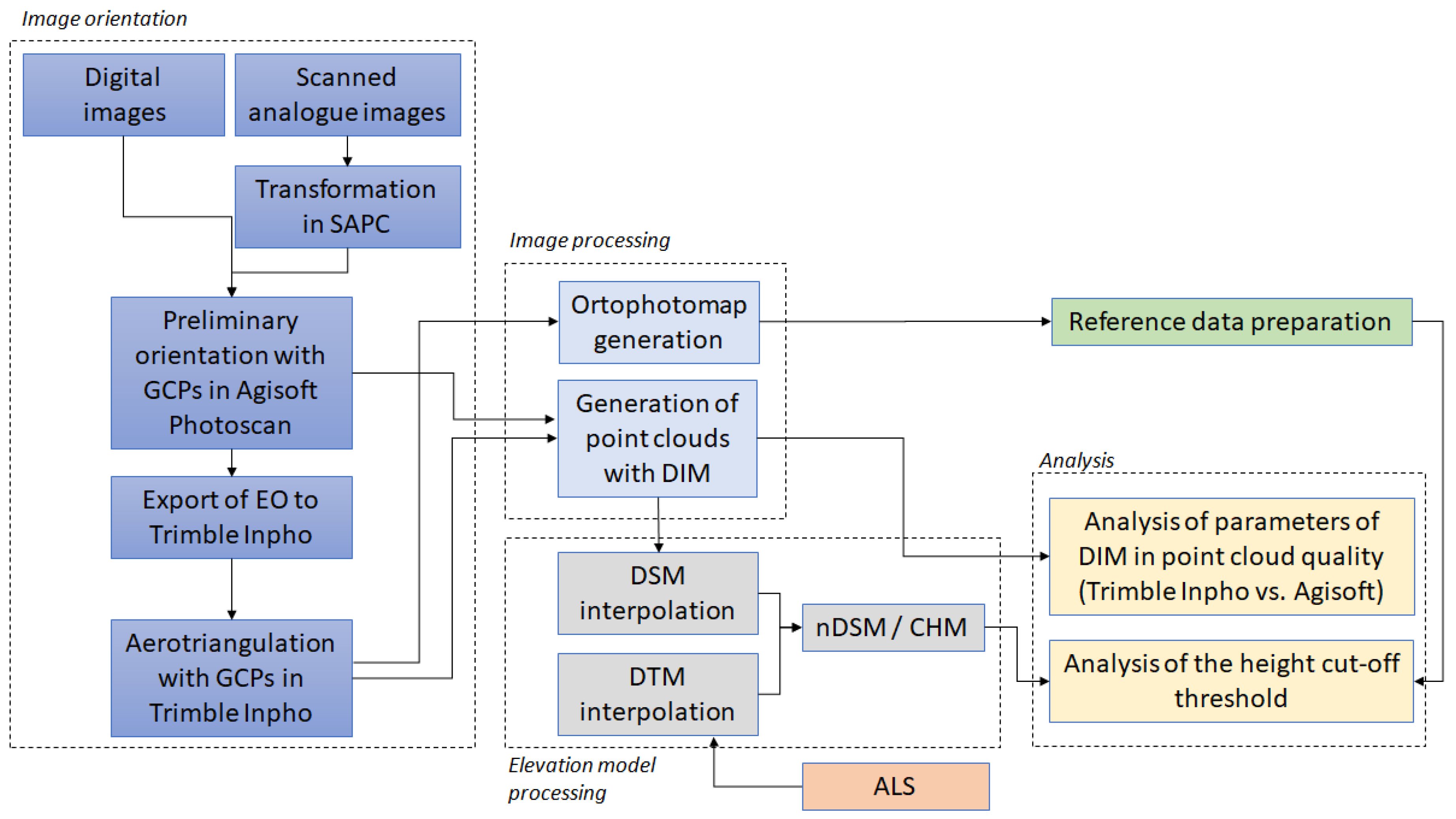

If any element is changed, BIM software updates the model to reflect that change. BIM ObjectsīIM objects, the components that make up a BIM model, are intelligent, have geometry, and store data. Now, BIM (Building Information Modeling) is the standard- but it is much more than just a 3D model. Later on, CAD turned 3D, which brought more realistic visuals to blueprints. Next came CAD (Computer Aided Design), which helped drafters see the benefit of plans in a digital environment. This 2D approach made it very difficult to visualize dimensions and requirements. In the past, blueprints and drawings were used to express information about a particular building plan. This data allows governments, municipalities, and property managers to make informed decisions based on information derived from the model- even after the building is constructed. It can also span into the operation and management of buildings using data that building or structure owners have access to (hence the Building Information Management). Using a level 3 BIM model for digital clash detection- one of the primary uses cases for BIM. It is a highly collaborative process that allows architects, engineers, real estate developers, contractors, manufacturers, and other construction professionals to plan, design, and construct a structure or building within one 3D model. What Is BIM?īIM is an acronym for Building Information Modeling or Building Information Management. Read on to discover what BIM is, how BIM is used, and what BIM levels mean. BIM model of Randselva Bridge, the world's longest bridge built with BIM models only - no drawings.Īcross the world, BIM (Building Information Modeling) is a crucial and even mandated process to ensure the planning, design, and construction of buildings is highly efficient and collaborative.


 0 kommentar(er)
0 kommentar(er)
